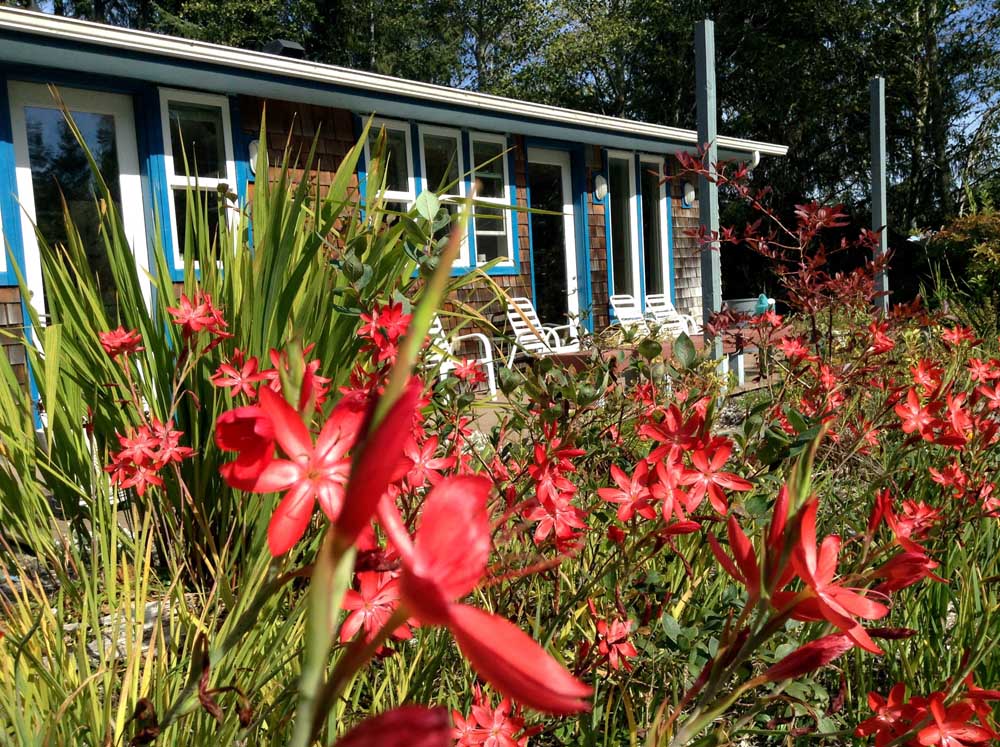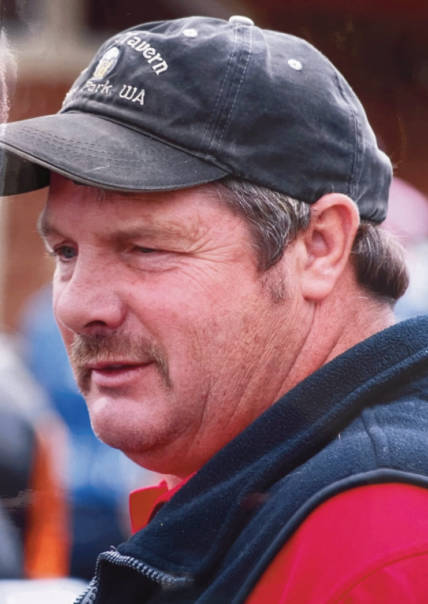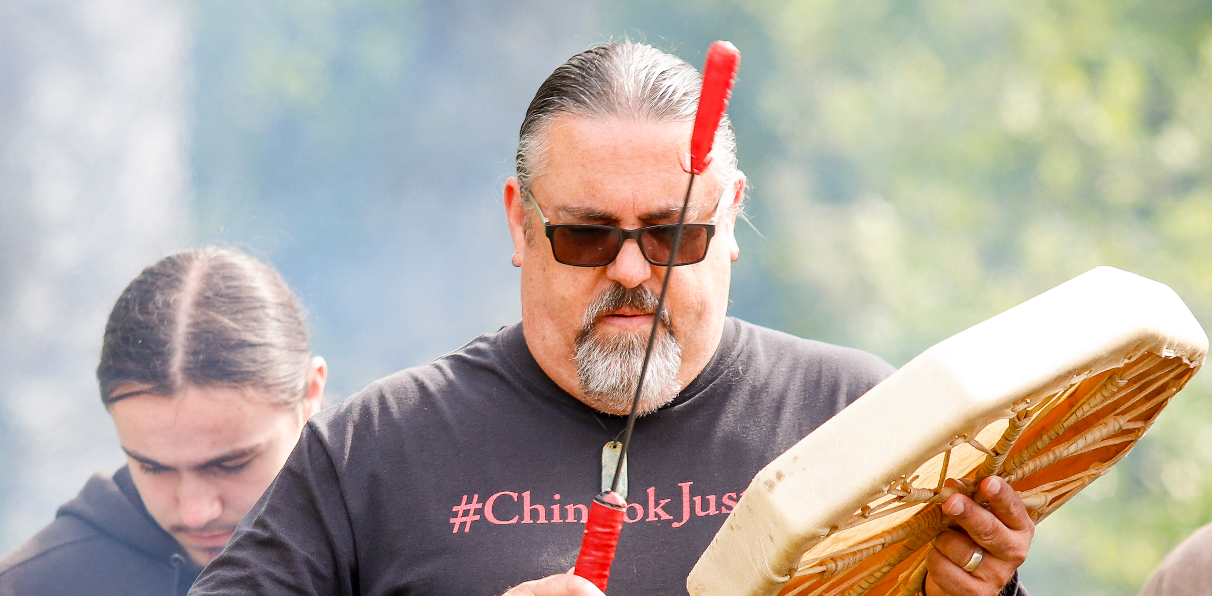Gardening: A ‘food forest’ that belongs
Published 11:48 am Tuesday, October 20, 2015

- A species of lilies from India bloom in one corner of Lisa Mattfield's gardens. These flowers look drab and weedy until this time of year, she says, and then they are one of the few blooming plants providing any color.
OCEAN PARK — Long-time Peninsula resident Lisa Mattfield is known for her expertise about gardening in our cool and sandy homeland. Today she answers questions about her gardening philosophy and season issues.
Trending
Q: A visitor described your Ocean Park garden as “a young food forest.” Is that an apt description, and what does it mean?
A: Forest gardening, or edible forest gardening, is a way of looking at and designing your landscape so that you are using the general structures of your native local forest, but using plants that you find desirable (like favorite fruits and herbs). If you get it “right,” your food forest, or forest garden, will feel like it belongs, and grow into being as resilient as a piece of the local forest: needing little human input while producing things you want (like fruits, mushrooms or whatever).
Mine is “young” in the sense that many plants aren’t producing yet, and I still have a long way to go reducing the care it needs.
Trending
Q: How large is your garden and how long have you developed and maintained it?
A: My property is about half an acre: that includes buildings, driveway and everything. I’ve owned the property about 13 years, but the first five or so were siting and building the house and garage with very little serious gardening (except, of course, for trying to reduce blackberries). Most of the plantings and structure you see today are from the last six or eight years.
Q: What part of your personality is reflected in your garden?
A: Mostly the practical side: trying to grow a lot of my food, in the laziest way I can. My long-term goal is that most of the work I do in the garden be harvesting. But the second criteria in most of my decisions is making it pleasing to my senses: colors and scents that please me; paths and seating areas that are comfortable and convenient to use.
Q: What are you doing in your garden this month?
A: I should be finishing the last of the late harvest, and catching up on the weeding and cleaning I always get behind on in the late summer, and this year working on my new paths. But I have been spending a lot of gardening time cleaning up bear damage: He has climbed in over my front gate a couple of times, and ate every one of the Asian pears, and most of the apples from my young trees. I’ve been cleaning up the tree damage, and trying to figure out how to reduce it next year (and maybe keep more of the fruit for myself!)
Q: What are your favorite seed catalogs or plant sources?
A: I have a large annual vegetable garden, and depend on Territorial Seed Co. for most of the seed. Many of my fruit trees are from Raintree Nursery, in Morton, Washington, and One Green World.
Q: What’s the most recent gardening book you’ve read that you would recommend?
A: A friend recently lent me Ann Ralph’s “Grow a Little Fruit Tree,” which summarizes years and years worth of pruning advice into something I think I can actually use to help grow fruit trees that will be easy to care for and survive bear incursions (I’d rather lose a year’s harvest than the whole tree).
Lisa Mattfield of Ocean Park has a bountiful garden.









